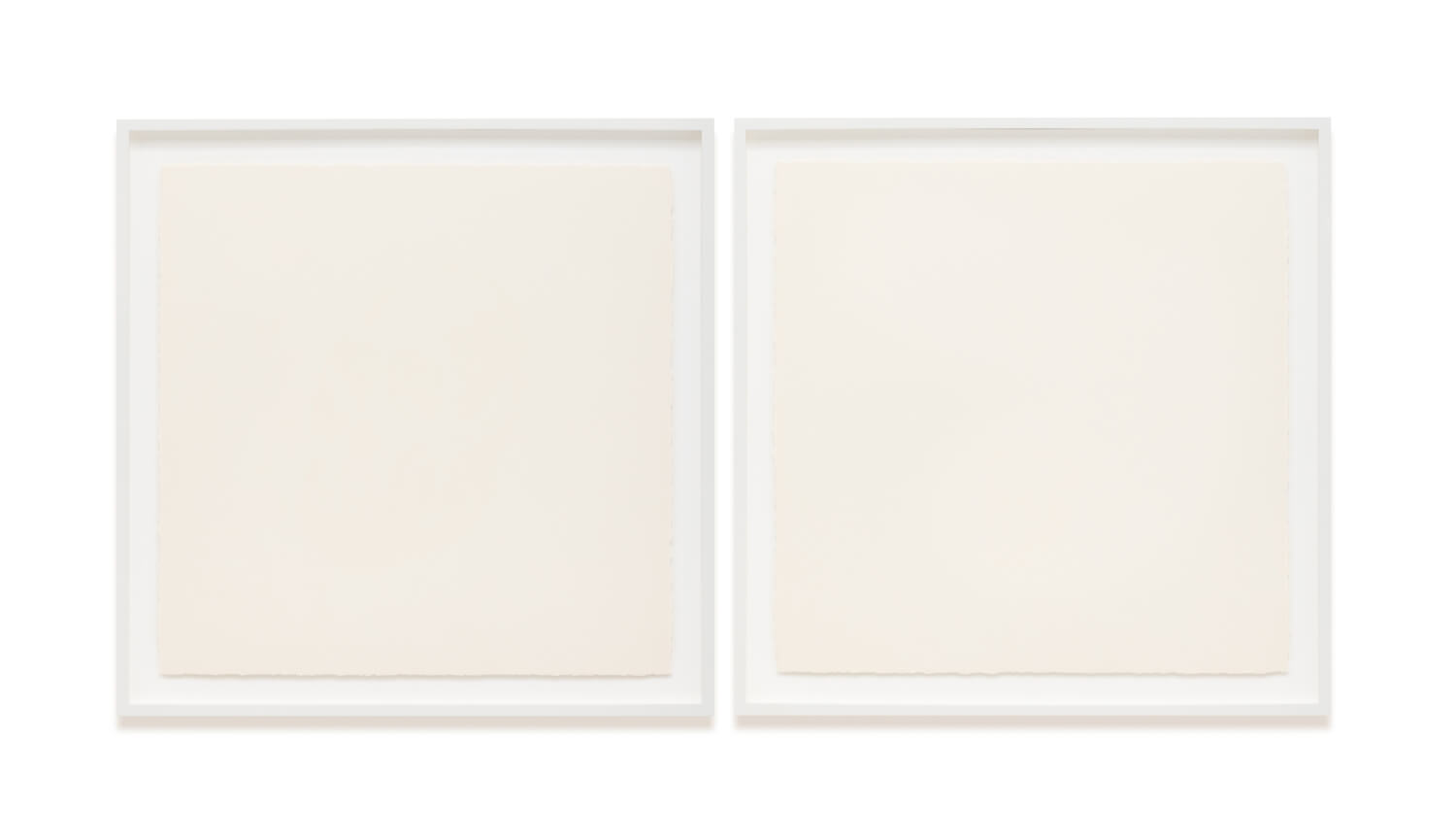Rirkrit Tiravanija is an unorthodox artist who has always strayed from conventional forms of artistic expression; born in Buenos Aires in 1961 and raised amidst a cultural milieu that spanned Thailand, Ethiopia, and Canada; the Thai artist’s background has significantly shaped his practice. For the past three decades, Tiravanija has boldly disrupted the norms and cliches of contemporary art, embodying a multifaceted vision that defies media-based descriptions of his practice.
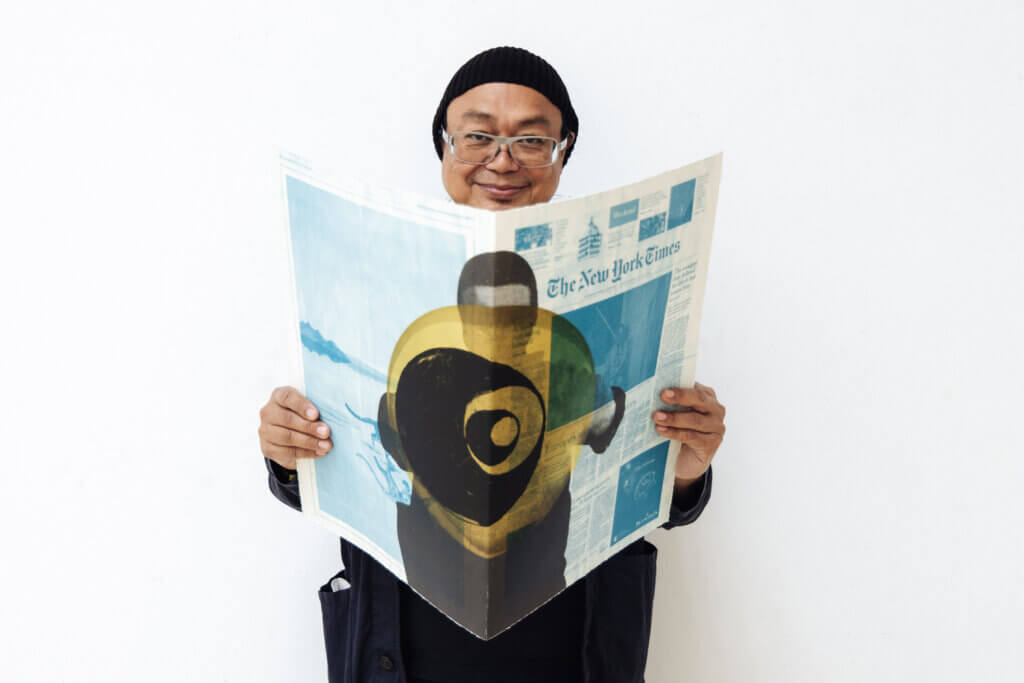
Image courtesy of STPI – Creative Workshop & Gallery, Singapore.
I wanted to put life back into the western “idea of an object”
Rirkrit Tiravanija
Tiravanija shifted the focus from aesthetic objects to the interactions between individuals and their surroundings by breaking down the fundamental elements of art. Pioneering this concept in the early nineties, a perspective at the time resonated with the term Relational Aesthetics coined by curator Nicolas Bourriaud in the 90s, which centres on human relationships and their social contexts as the heart of the experience, with art serving as a conduit for dynamic interactions within a given space. Tiravanija‘s most notable series, Untitled, stems from the acclaimed pad thai (1990) at the Paula Allen Gallery in New York. A complete departure from conventional art objects engages visitors in a communal dining experience, a veritable social interaction of human activity.
Tiravanija nurtures experiences and encourages social interaction; as he once said, “It is not what you see that is important but what takes place between people.” Tiravanija‘s work is not mere static objects for detached observation but experiences to be lived, shifting the very focus of art from the tangible to the ephemeral, from the isolated to the communal, often manifested in the form of rooms for sharing meals to cooking, reading or playing music.
His intimate, participatory installations have solidified his reputation as one of the most influential artists of his generation. Over a thirty-year career, he has come to combine a wide range of media into his art and installations, including painting, printmaking, video, photography, mixed-media and more. Since the early 1990s, Tiravanija has been featured in numerous solo exhibitions that revolve around distinctive participatory installations or practices.
Two notable retrospectives dedicated to his work took place in the 2000s: Nothing: A Retrospective at Chiang Mai University Art Museum in Thailand in 2004 and A Retrospective (tomorrow is another fine day), simultaneously presented at Museum Boijmans Van Beuningen in Rotterdam, the Netherlands, and Musée d’Art Moderne de la Ville de Paris from 2004 to 2005. The retrospective later travelled to the Serpentine Gallery in London in 2005.
In Tiravanija’s latest exhibition with Singapore’s STPI, “We don’t recognise what we don’t see,” curated by Hans Ulrich Obrist, he addresses the themes of extinction, human-induced environmental changes, and the looming threat they pose. The exhibition is intended to challenge and engage the audience at sensory and cognitive levels, and it features works from his third residency at STPI between 2019 and 2023.
Tiravanija’s practice offers experiential situations and events that defy the traditional understanding of art as a tangible object to be possessed and observed. Instead, he constructs a platform that presents an opportunity, a possibility that allows those who choose to participate to take the reins and shape their own experience. We had the chance to speak with Tiravanija to delve deeper into his artistic process, work, and more.
Hi Rirkrit, thank you for taking the time to speak with us. Please introduce yourself to those that do not know you.
Rirkrit Tiravanija: I am Rirkrit Tiravanija, artist perhaps, possibly.
Your work often focuses on creating social experiences and engaging audiences in unconventional ways, such as offering meals or creating communal spaces. What first inspired you to explore these interactive, participatory art forms, and how have your ideas evolved over time?
Rirkrit Tiravanija: I wanted to put life back into the western “idea of an object”. In the west ( I was in the Art Institute of Chicago, as a graduate student ) the ideas of knowledge comes from the idea that collecting, labeling and naming was essential in knowledge building ( ie. Colonialism, East India Company, Raffales in Singapore, Cook in South Pacific, Darwin in Galapagos ), today we see the demand for return of cultural artifacts etc. the ideas to de-Colonize ( another colonialist idea! ). Knowledge and procession of the unknown is power.
I wanted to dismantle such ideas by making life, making experiences, prioritize the living the breathing, and essentially acknowledging differences, not by capturing but perhaps rather by touch. To be touched, touching and not possessing. So, yes interactivity was a form of touching, passing, transgressing by living. And in the living, all is evolving.
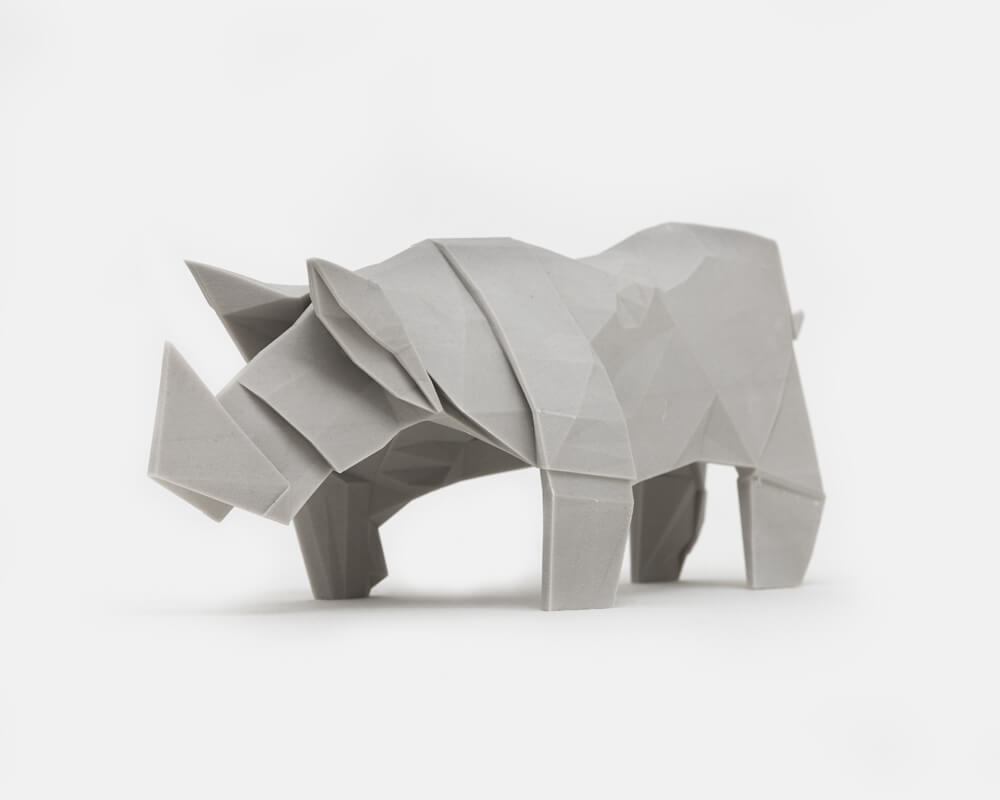
60 x 48 x 158 cm (folded print); 294 x 294 cm (print).
© Rirkrit Tiravanija / STPI. Photo courtesy of the artist and STPI – Creative Workshop & Gallery, Singapore.
Can you discuss how your background and experiences growing up in Thailand, Ethiopia, and Canada and living in multiple locations influenced your artistic practice, particularly regarding your focus on social and cultural interactions?
Rirkrit Tiravanija: As I just mentioned, perhaps passing through all these different spaces, different cultures, times and language and people, all these transgressions have become a practice.
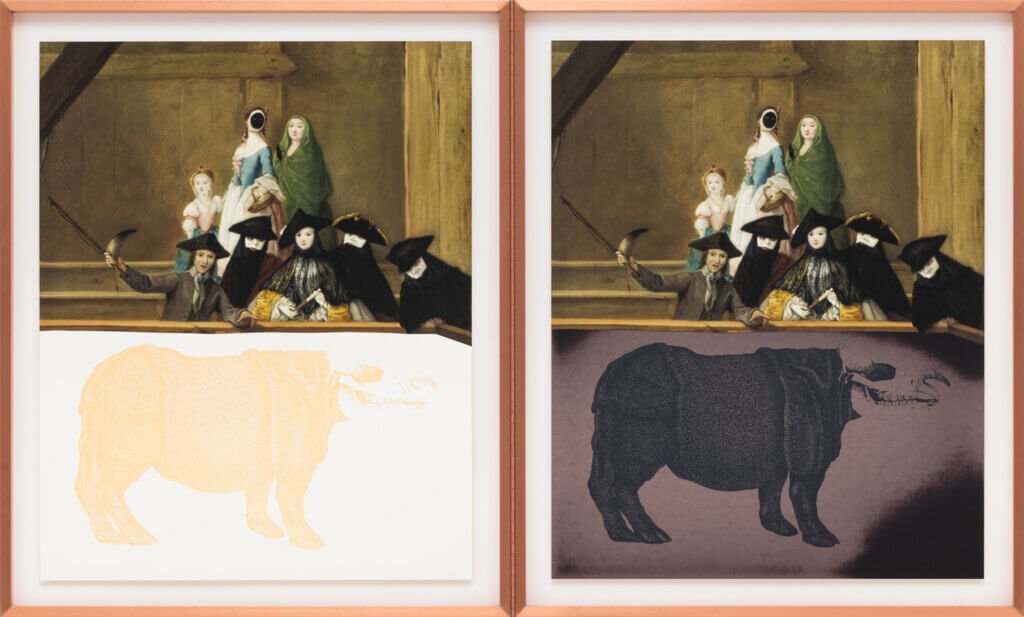
© Rirkrit Tiravanija / STPI. Photo courtesy of the artist and STPI – Creative Workshop & Gallery, Singapore.
Your work is often described as “relational aesthetics,” a term coined by Nicolas Bourriaud in 1996. How do you feel about this categorization, and do you believe it accurately captures the essence of your practice? Are there any aspects of your work that are not fully represented by this term?
Rirkrit Tiravanija: Categorizing is of course what I am against, again the need to understand by imposition of a name, a term an ism, as I’ve mentioned in the last answer, I am working against! But, I have always appreciated the relational idea, relations are expansive ( perhaps, could be ) but aesthetics seems to me a western imposition on life, and for myself life doesn’t always fall into the economies of aesthetics.
Can we discuss the role of sustainability and environmental consciousness in your work, particularly in relation to your projects involving food, agriculture, and communal living?
Rirkrit Tiravanija: We need to live sustainably it our relation to other fellow humans, it’s our relationship to other species, it’s our relationships to nature. In theory all actions have cause and effects, should one, not consider one’s action, and the frivolity of that action? Wasn’t there a dream to make a better world? And should that world not include all forms of existence? If one is conscious of one’s existence, shouldn’t one therefore consider the existence of others and otherness?
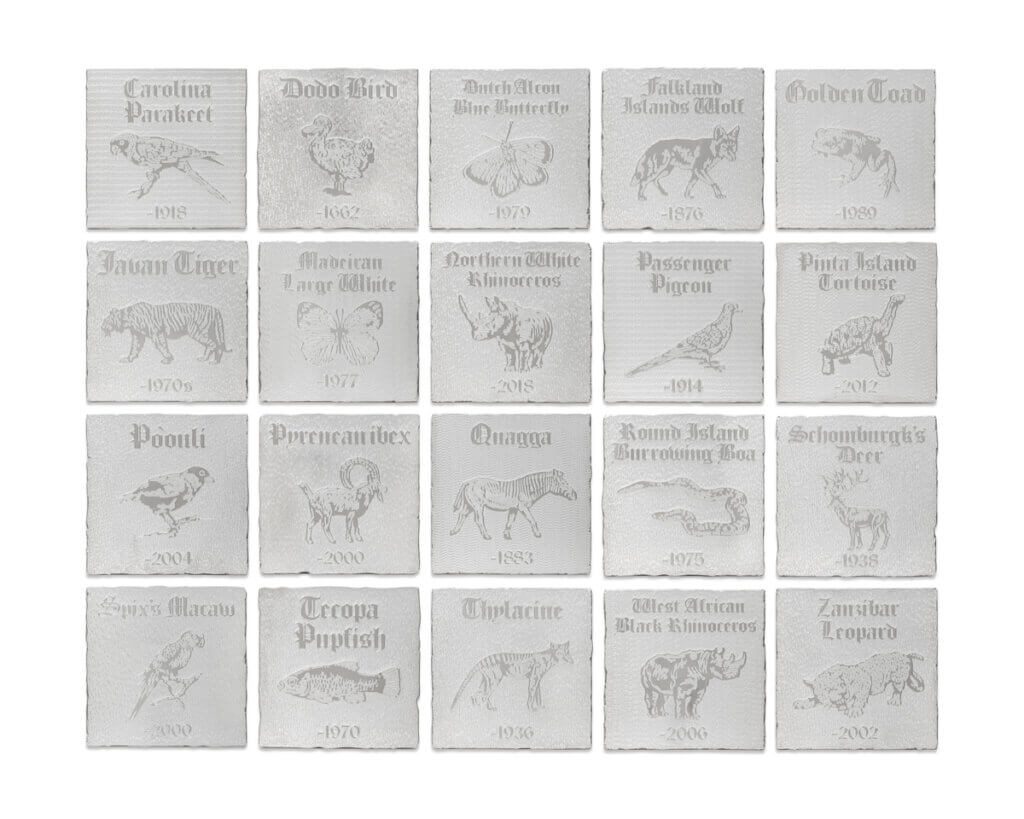
Have any reactions to your work been particularly impactful or memorable for you, and have any of these interactions influenced or shaped your approach to delivering experiences through your work?
Rirkrit Tiravanija: All actions and reactions are impactful for myself, for my considerations and for my movement forward, I learn from my past, I learn from both mistakes and successes ( if there should ever be such an idea ). I actually don’t deliver anything, everyone else, actually, is doing their work, making their decisions and their own experiences, the platform only exists because there are interactions. Through passage or usage can therefore experience be made, and perhaps impact felt.
In today’s increasingly digital and virtual world, how do you see the role of participatory, physical art experiences evolving? How has your work adapted to the challenges and opportunities of technology and social media?
Rirkrit Tiravanija: I feel that we need to rethink or refocus on what we still have left that is an instincts, all forms of external mediation, all tools we plug into, we have to rethink of both the gains and the losses of our primal instincts. New tools can make life more efficient but is that really important, if we can not sustain our instincts? We are loosing language we are losing details, we are losing peripheral awareness, peripheral vision, because we are plugged into the tools. I would hope that art could perhaps knock you off the tools, like slipping on a banana peel while you are occupied by TikTok in mid-stride.

Many of your works address social, political and environmental issues. How do you approach engaging audiences with these complex subjects while maintaining a sense of openness and inclusivity?
Rirkrit Tiravanija: All those ideas are open and inclusive, we are on the same Mothership Earth, life and living is complex, but I hope art, or rather the experience of art, would give everyone a pause to look up and recognize in oneself that you are on the Mothership and you need to pay attention to the how and the where we are all heading.
As an artist who has consistently pushed boundaries and challenged conventional definitions of art, how do you envision the future of contemporary art, particularly in terms of its potential to create connections, foster empathy, and contribute to social and political discourse?
Rirkrit Tiravanija: It should be a practice of self criticality, and in that we always need to ask ourselves if it’s really necessary or if it should be useful, and usage is an open field of ideas, we need a language that transgress boundaries and limitations, a language that is open to interpretation and interactions, a language which makes life and gives life to experience, a language that is without prejudice or hierarchy, we need a black compost of difference and otherness.
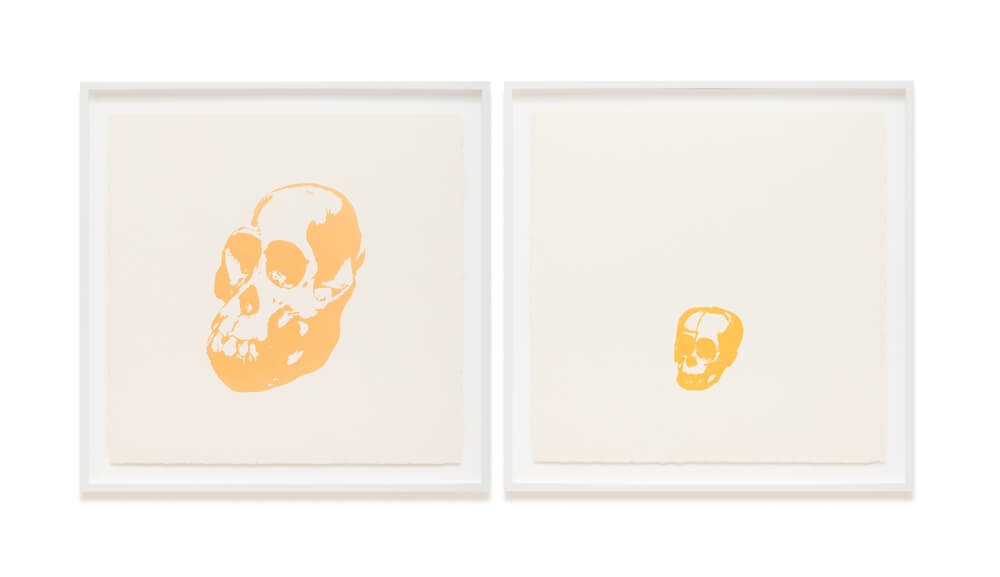
© Rirkrit Tiravanija / STPI. Photo courtesy of the artist and STPI – Creative Workshop & Gallery, Singapore.
Your new exhibition, ‘We Don’t Recognise What We Don’t See,’ features 40 artworks that delve into themes such as extinction, humanity’s destruction of nature, and the potential collapse of our civilisation—conceived from works during Tiravanija’s third residency at STPI, from 2019 to 2023. Could both of you elaborate on the essence of the exhibition and the significance of the works?
Rirkrit Tiravanija: A few years back, when I was in residency at STPI a couple of events took place which perhaps lead me down to the road of extinction. While in process of working on a collaborative print with Carsten Holler, Anri Sala and Tobias Rehberger, the director of STPI Gallery, Rita Targui asked the four of us to play a game, by which each of us were to name three animals that could represent our outlook, our inner selves and our real self.
The other was a story I had read in the Guardian Newspaper, on Tuesday March 20, 2019 while I was doing research at STPI, about the last male northern white rhinoceros, which was put down unable to breed with the last remaining two females in the world. A combination of those two tangential coincidence sparked my interest and more readings and research of courses informed my direction of the works.
What can visitors anticipate experiencing at ‘We Don’t Recognise What We Don’t See,’ and what key message or takeaway would you like them to gain from the exhibition
Rirkrit Tiravanija: I would have to say, ‘pay attention!’. Attention, is one of those instincts we are presently lacking. And as the title suggests that when we dot give attention to our surroundings our environment we will not recognize where we have ended up. It has been theorized that humans have seven basic instincts, they are seeking, anger, fear, panic-grief, care, pleasure/lust and play. Interestingly, it is thought that the most powerful instinct is “seeking”, and in this exhibition, that instinct should be utilized in order to experience the works.
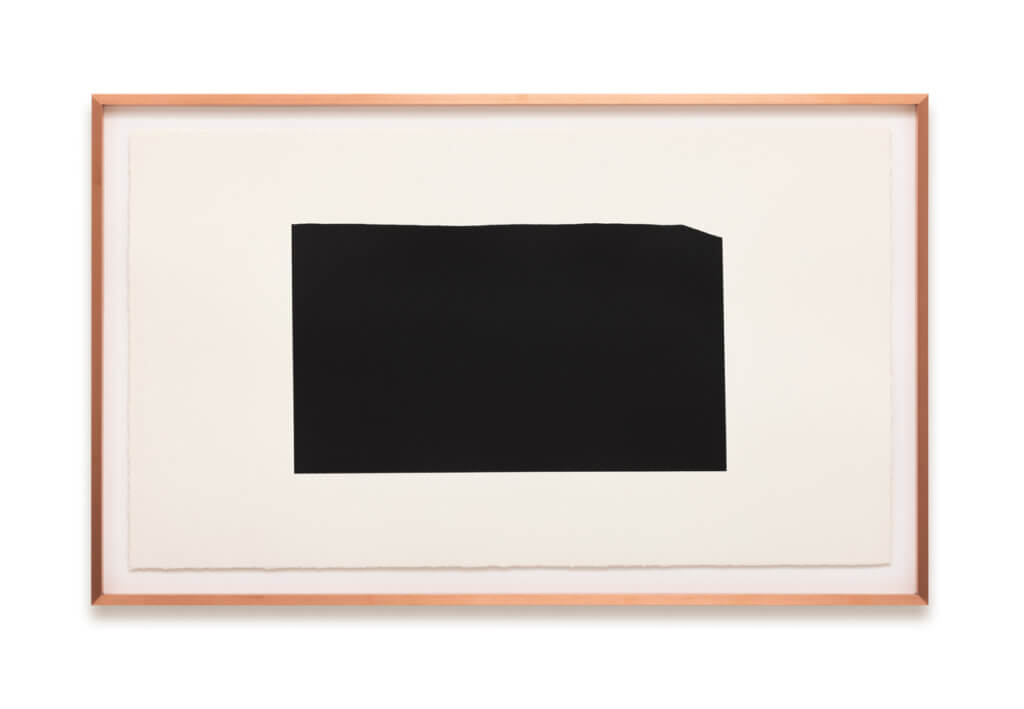
(with heat from a human palm), 2023, Thermochromic screenprint on paper, presented in a copper frame specified by the artist, 59.5 x 97.5 x 4 cm.
© Rirkrit Tiravanija / STPI. Photo courtesy of the artist and STPI – Creative Workshop & Gallery, Singapore.
‘We Don’t Recognise What We Don’t See’ takes place at Singapore’s dynamic creative workshop and contemporary art gallery, STPI. Could you discuss the significance of hosting the exhibition here and how it aligns with STPI’s values?
Rirkrit Tiravanija: I’ve been coming to Singapore particularly at STPI as an artist in residency, and STPI has been the studio and workshop where I’ve produced most of my print projects. In a few of the prints from my first involvement and exhibition at STPI, I was already playing with the ideas of life, starting with a small diagram of Darwin’s tree of life. Perhaps from their evolution and time traveling, we have arrived at the end of the cycle, which is death and extinction.

© Rirkrit Tiravanija / STPI. Photo courtesy of the artist and STPI – Creative Workshop & Gallery, Singapore.
Could you discuss the collaborative process between you and Hans, your experience working together, the factors that made this partnership particularly suitable for the exhibition, and any notable synergies that emerged during the preparation phase?
Rirkrit Tiravanija: Hans Ulrich has been in the discourse for a long time, and I could say that, in part, Hans’ interest and involvement (as he has conducted all the marathons on Extinction) certainly was one of many influential factors that contributed to my approach to the idea of extinction.
What role did communication and negotiation play in your collaborative process, and how did you maintain a balance between your individual artistic identities and the collective vision for the exhibition?
Rirkrit Tiravanija: We are like two cuttlefish in a vast warm ocean, we have telepathic interactivities which gives us a warm and fuzzy feelings that everything is heading in the right direction!
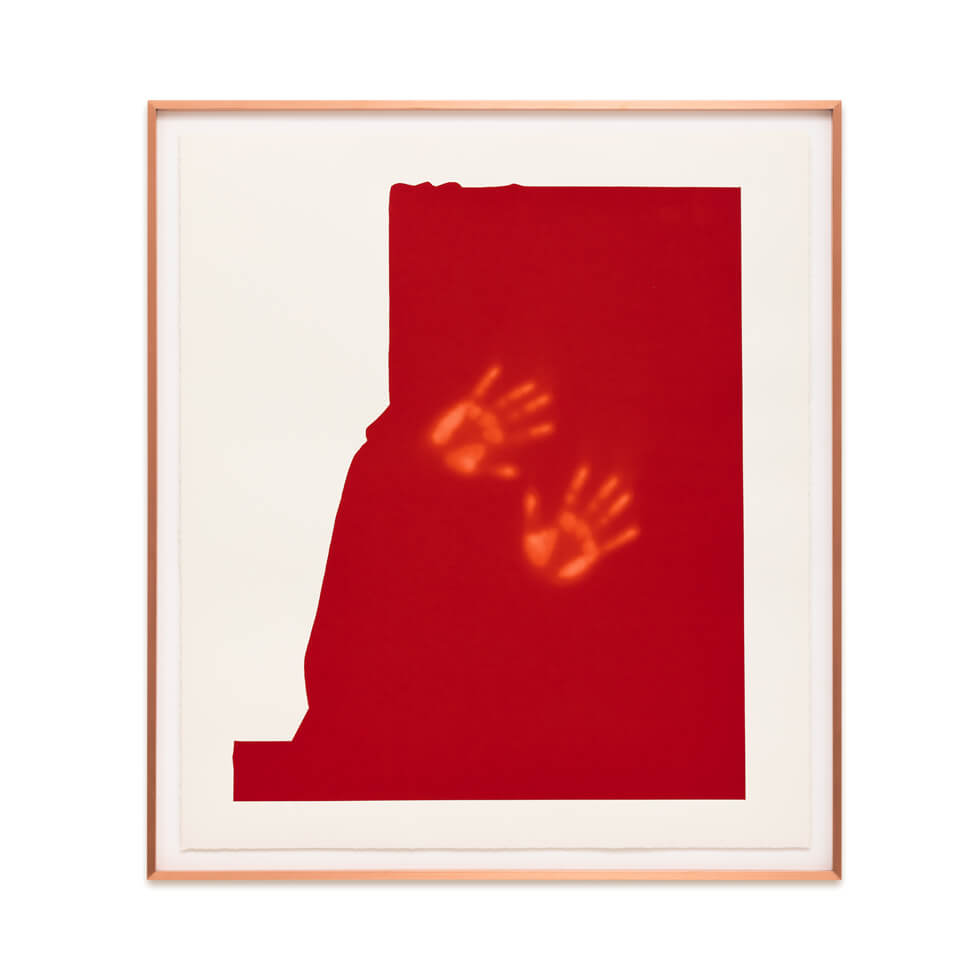
(with heat from a human palm), 2023, Thermochromic screenprint on paper, presented in a copper frame specified by the artist, 110 x 98 x 4 cm. © Rirkrit Tiravanija / STPI. Photo courtesy of the artist and STPI – Creative Workshop & Gallery, Singapore.
Can you share any insights or lessons you’ve learned from working together that you believe could be valuable for other artists and curators considering collaborative projects?
Rirkrit Tiravanija: Friendship is a long road with lots of pleasures and experiences to remember at the end of the day’s journey.
Are there any plans for future collaborations that you might been exploring with Hans?
Rirkrit Tiravanija: There is always another Unrealized Project of course!
What’s next for Rirkrit Tiravanija?
Rirkrit Tiravanija: I hope nothingness.
Lastly, what does art mean to you?
Rirkrit Tiravanija: Everything is possible to everyone all at once.
©2023 Rirkrit Tiravanija


